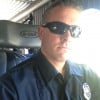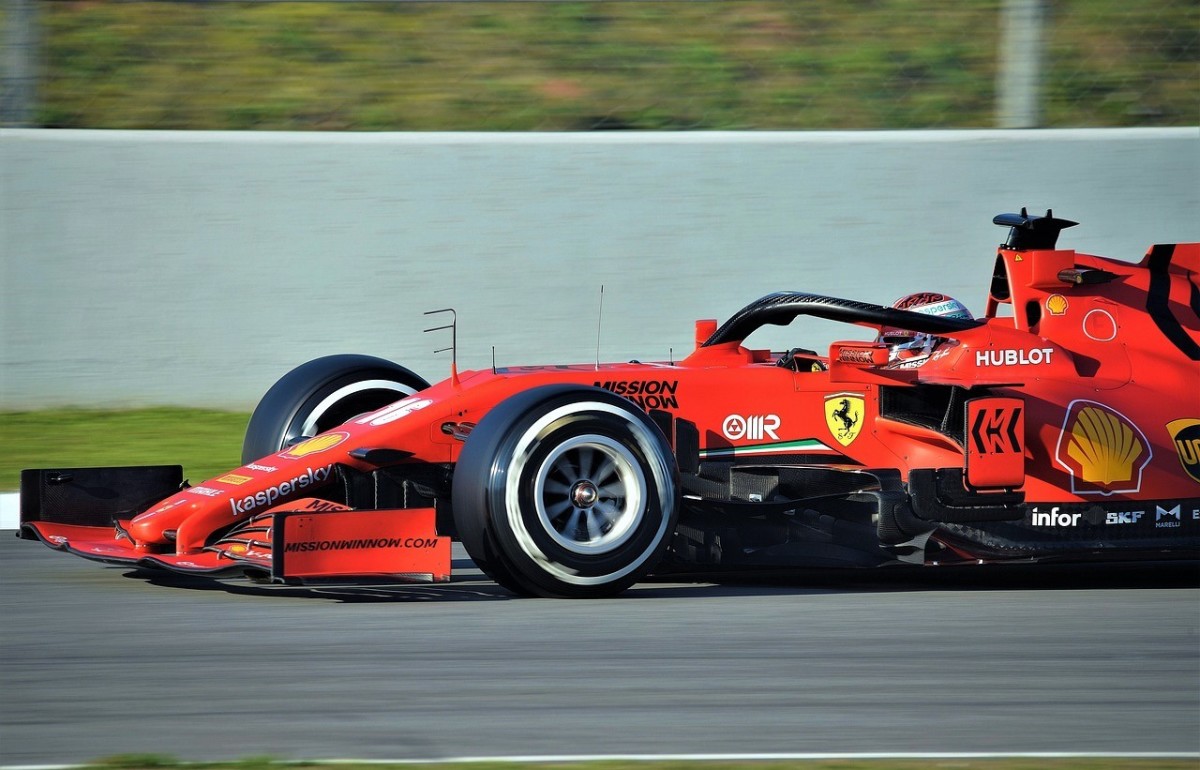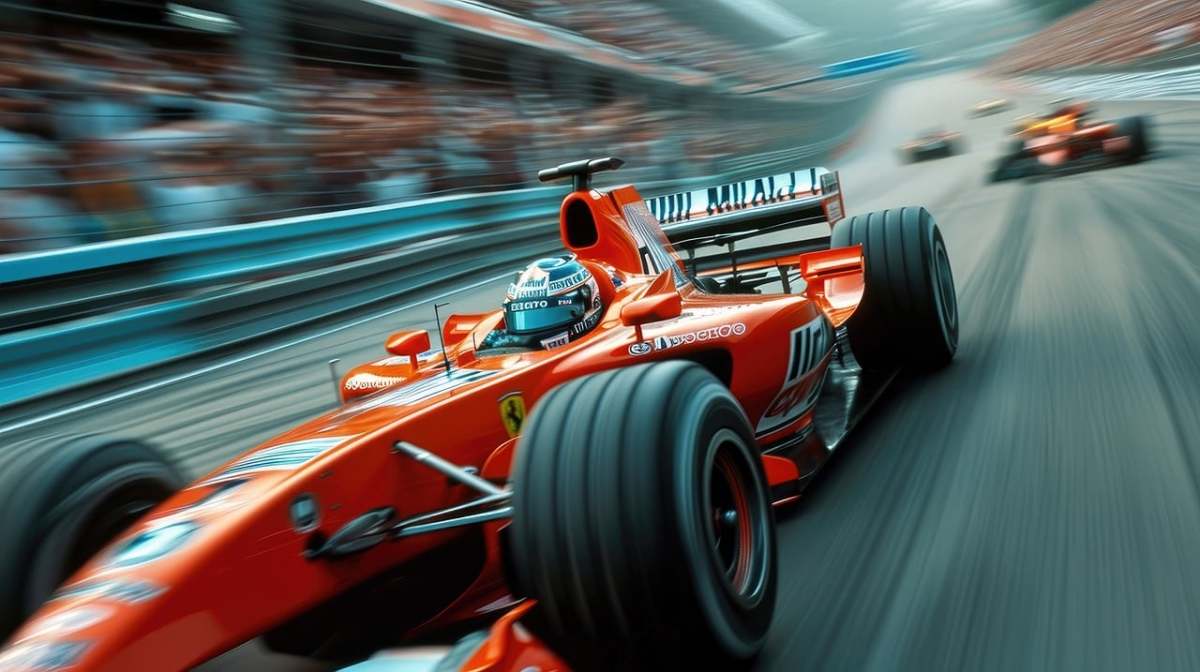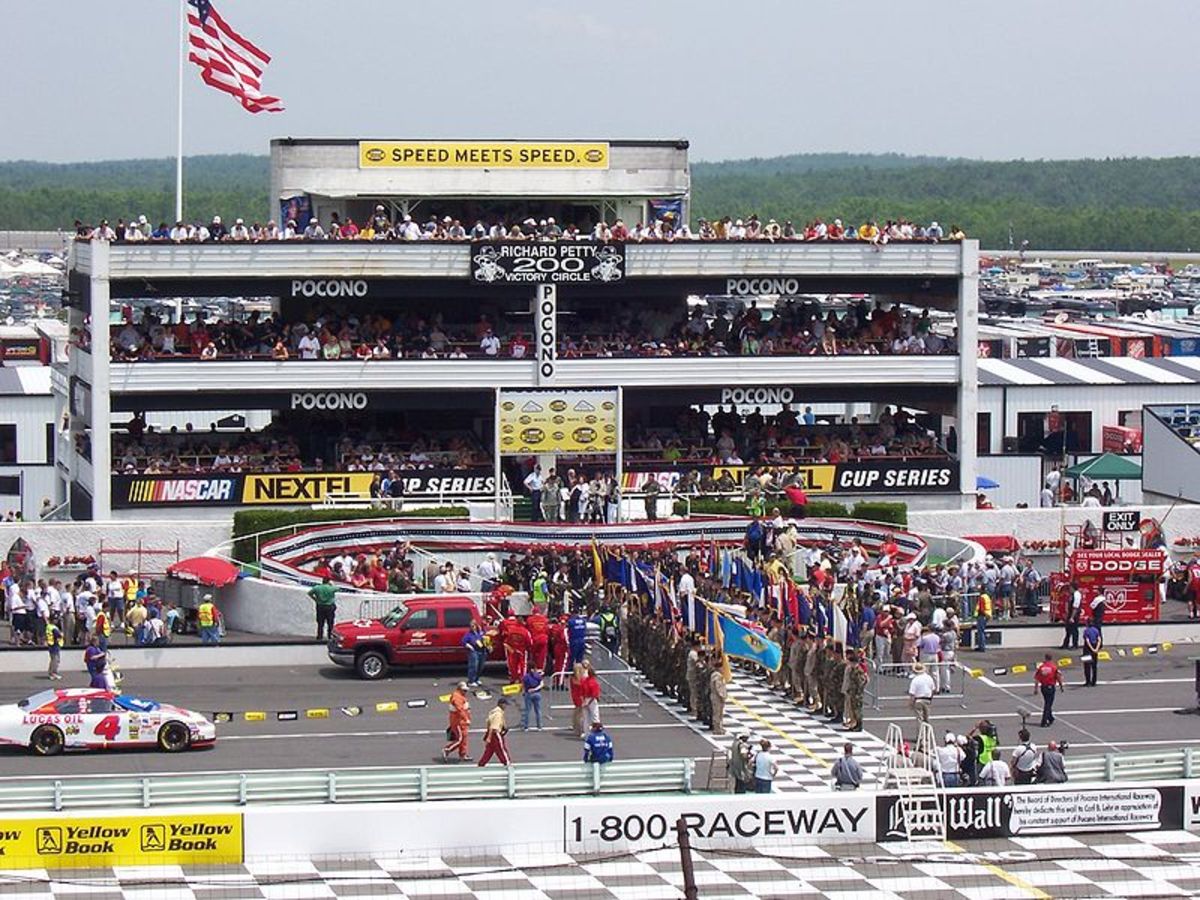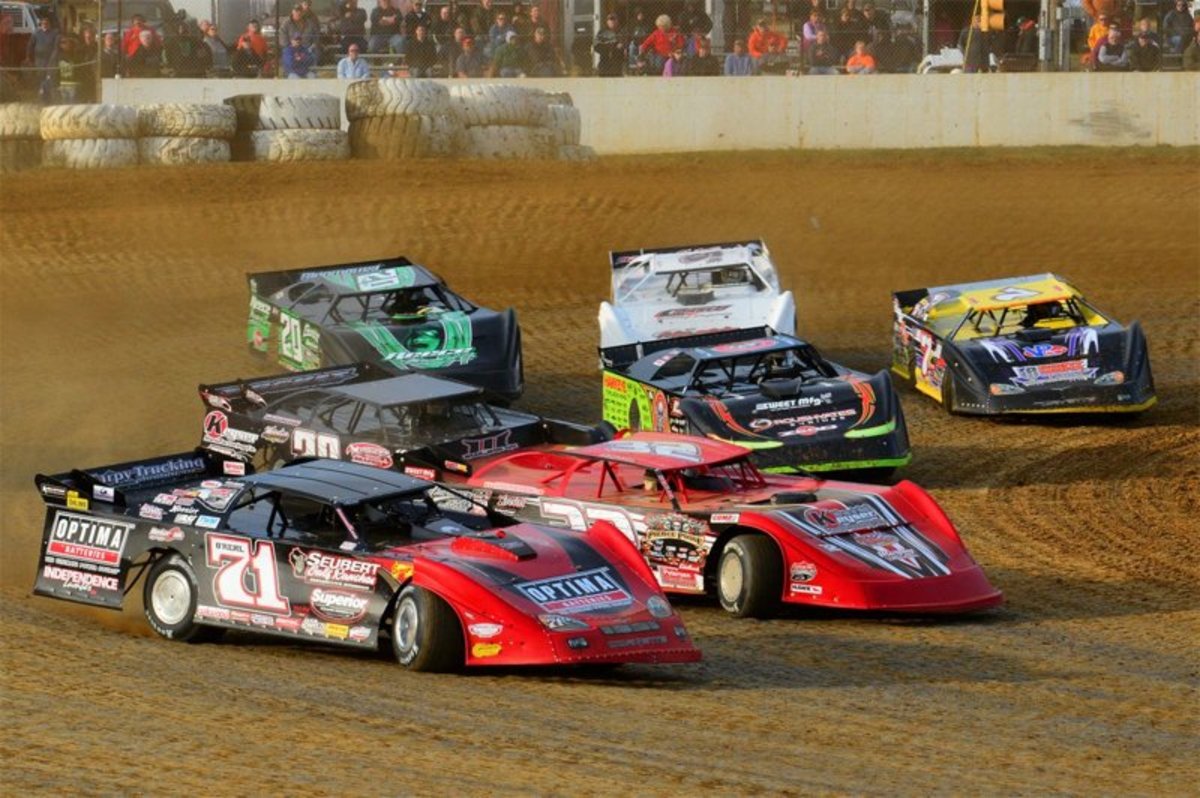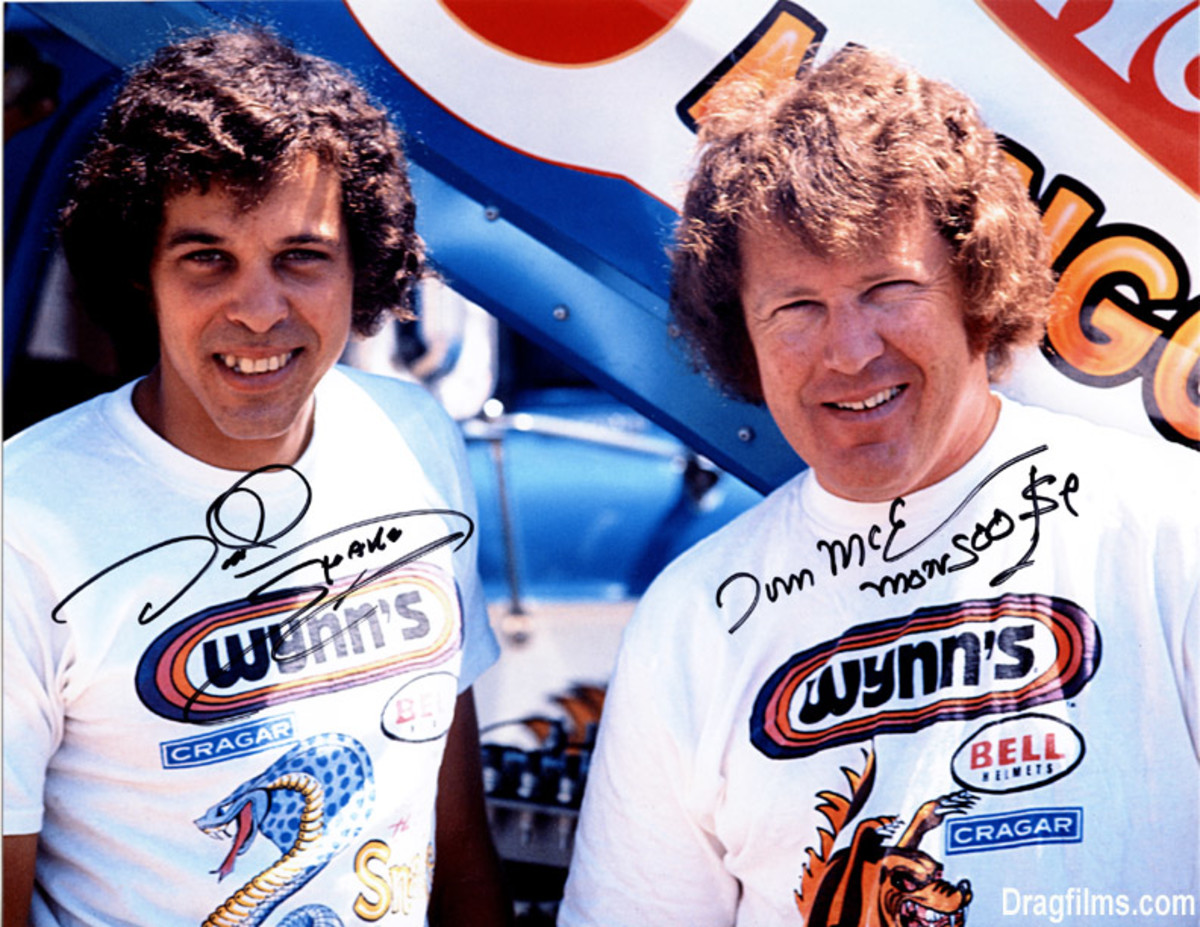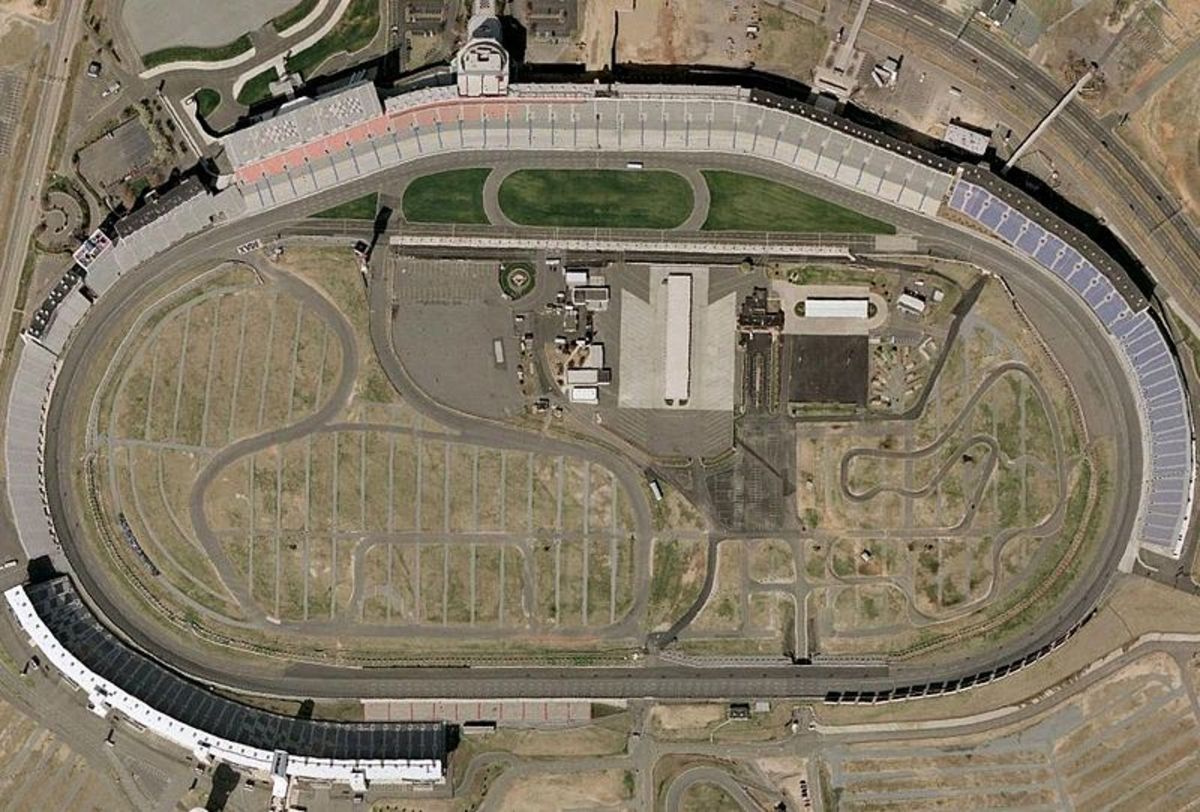What Is Bumpdrafting??
Drafting or Slipstreaming
Drafting, or slipstreaming as it is called in some sports, is the act of two objects, or racers, getting in line and close enough that the air is diverted by the front object so that it has less drag on the rear object. In many sports, such as cycling, running, and others, drafting is utilized by racers to build speed and conserve energy. In cycling, a rider can only leave the pack or peloton briefly before beind devoured due to the peloton's combined power.
In some forms of racing, riders or drivers will use a draft from a competitor in front of them to catch, build speed, and pass them. In NASCAR, and in other racing, this is called a "slingshot pass."
Pack Driving
In NASCAR, there are a few races, at Daytona and Talladega, in which the drivers have to drive with a restrictor plate that limits the amout of fuel and air that can go into their engine at one time. This was put into place in the late '80's to keep the cars from going dangerously fast. These plates make it harder for the cars to overcome the ability of a car behind them to pull up to them due to drafting.
At these particular races, drivers began driving in packs, and in order to make your line pull forward, drivers will push the driver in front of them. This allows them to deliver the power they have conserved due to the draft to the front driver, thus making the pack go faster.
In recent years, with the development of the "Car of Tomorrow", NASCAR drivers have been able to link two cars together, via bumpdrafting, and pull away from the rest of the pack. This is partly due to the fact that the new cars front and rear bumpers are flatter and make it easier to maintain the "bump." These breakaways, however, only tend to last a lap at best, due to overheating in the rear car from lack of air flow.
Inherent Dangers
With any advance in speed and power, there are dangers that must be factored. In the instance of bumpdrafting in a pack, there are many dangers. These factor together to make a huge wreck possible, which NASCAR fans and personalities call "the big one."
The big one can be caused by a bump delivered at the wrong part of the track. For example, if a driver delivers a bump while in a turn, the car in front can become violently "loose", which means downforce to the rear of the car lessens alot and quickly and can make him "fish tail" and wreck. Also, if the front racer has his front tires turned to much, he can be driven into the wall. These dangers, along with ordinary dangers such as having a flat tire or losing your engine, are compounded by being in a pack so close together traveling at over 190 mph.
Unintended Benefits
Although the intention of the restrictor plates was to slow down speeds at the Daytona and Talladega Superspeedways, they have had some unintentional benefits to NASCAR. Yes they have caused some safety issues by packing everyone together, but they have also glued people to their seats.
These two tracks have had some of the best ratings on the circuit due to a plethora of lead changes, side by side racing, bumping, and yes, I have to admit it, the wrecks. With the exception of the past year or so, these races were packed with action from start to finish.
Recently, however, the aero packages along with some track issues, have caused the drivers to be a little more cautious and basically save their car until the final 5-10 laps. Time will tell if the planned changes to the aero package and changes to the tracks will bring back the competitiveness.
